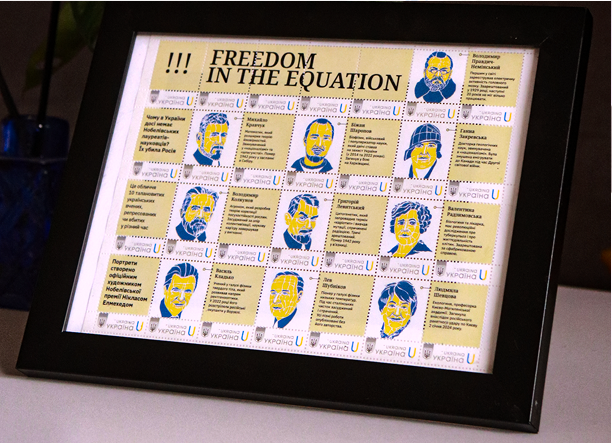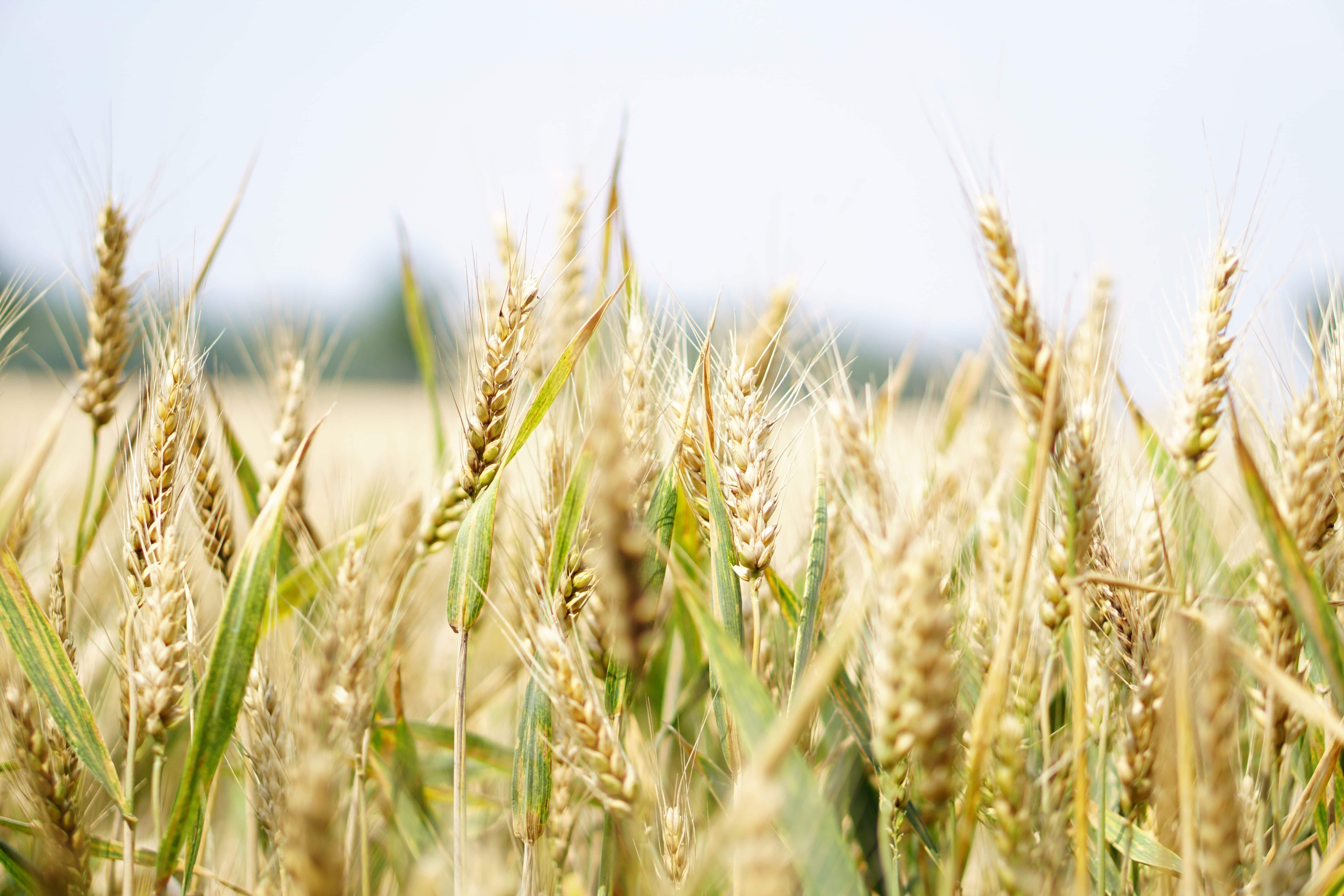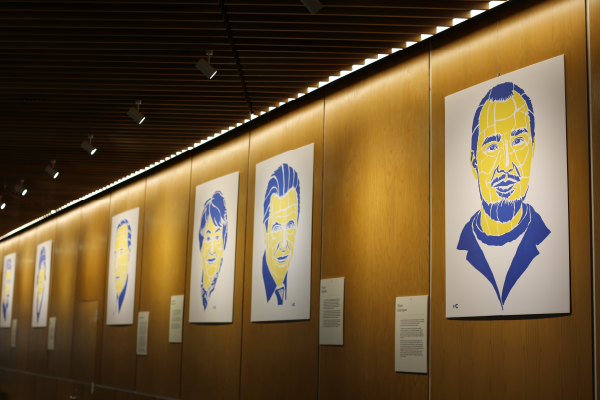

War and Selection
20.03.23
The war in Ukraine has been going on for eight years and eight months, not just eight months. And residents of the eastern regions know this best. The Donetsk State Agricultural Research Station has fully experienced all the stages of Russia’s war against Ukraine, but, despite everything, it continues to work in the Donetsk oblast, which Russia is currently trying hard to capture. We spoke with the director of the institution, Doctor of Agricultural Sciences Oleksandr Viniukov, about the peculiarities of selective breeding of plants during the war. Here is what he told us.
This year, our station celebrates its 95th anniversary. We work in selective breeding of plants and seed production. Throughout our history, we have produced over 60 varieties of different crops. During Soviet times, our varieties of spring barley were the best in the USSR, they grew especially well in Kazakhstan, where they produced the largest yield. And even today, our varieties “Donetsk 6” and “Donetsk 9” are still used there, although they are no longer grown here in Ukraine. Despite all the difficulties, the school of plant breeders did not interrupt the traditions, the material collected over 90 years has been preserved, and even today, work is well underway. The State Register of Plants Currently Grown includes 12 varieties of spring barley, 11 varieties of winter wheat, and 3 varieties of sainfoins (is a plant of the legume family. Most types of sainfoin are feed crops and honey plants) bred at our station.
In general, we work for the eastern part of the northern steppe, that is, Kirovohrad, Dnipropetrovsk, Donetsk, Luhansk region, and the south of Kharkiv region. This region is arid, but the varieties bred for it also grow well in more humid areas, for example, in Vinnytsia, Kyiv, and Chernihiv oblasts.
Every year, we sow about 70 varieties of winter wheat and 35–40 varieties of spring barley on the demonstration site for comparison. Only in certain years, when humidity is unusually high, the varieties of other breeding centers reach the yield level of ours, but they have never surpassed ours. This year, our winter wheat varieties gave the maximum yield of 65 centners per hectare, and the Odesa variety showed the second-best result — 60 centners per hectare. Spring barley could not be studied properly this year, but last year, our varieties yielded an average of 4.5 tons per hectare, while the closest variety, the Kharkiv one, yielded 3.5 tons per hectare. These are significant differences. After 2014, we concentrated only on winter wheat and spring barley, though before that, we worked with corn, sunflower, and peas.
Until 2014, the animal husbandry sector was active at our station; there were developments in dairy cattle breeding. All livestock farms in the region worked with our specialists, who adjusted the process of keeping and feeding animals. In 2011, the first system of robotic milking of cows in Ukraine was launched.
Our main center is located in Pisky near Donetsk, the land is close to the Donetsk airport. On July 18, 2014, we were supposed to start harvesting, but instead we left because of hostilities. In 10 days, we returned, and the territory was already controlled by Ukrainian soldiers, who allowed us to harvest. It was very hot. Part of the fields burned, but we saved the breeding material and seeds. Back then, we didn’t realize that the hostilities would drag on for so long, we planned to resume our work the following year, and even sowed about 20 hectares, which we could never harvest.
Eventually, we moved to our Research Farm, which was located west of the frontline. We had 72 people on staff, and as of January 1, 2015, 25 remained. Many people were unwilling to move to a new place — mostly older workers or very young ones.
2015 was the most difficult year for us. We had neither people nor equipment, which we had left behind in Pisky. Fortunately, it survived in the hangars, and in March, we did everything possible and impossible to get it back so that we could start activity based on the Research Farm. We managed to take out the planters and harvesters, but there was no equipment to clean the seeds, there was no place to store them. Sometimes, we had to store seeds in the open air.
First of all, I wanted to bring back personnel, engage the youth, but meager salaries did not help our case. Still, in the past five years, we had five PhD dissertations defended. And things gradually started to fall into place.
The state did not help us in any way, but we’ve established mutually beneficial cooperation with agricultural companies. They helped us with equipment and chemicals, ordered paid studies, and 30% of these funds went to those who personally worked on the research, which served as an incentive.
With the start of the large-scale invasion, most of the workers left again. There are 10 of us remaining out of 30. In the spring, we had problems with sowing, there were not enough people or fuel, but we sowed all spring crops, despite the hostilities being too close. We did not hope to succeed. We did not risk sowing the breeding materials of barley here, so we decided to move them to Kirovohrad oblast, together with the insurance fund of wheat breeding nurseries.
In May, the Armed Forces pushed the enemy back, it became safer in terms of a possible assault, but long-range artillery fire has not stopped and continues to this day. Now, there is no safe place on our territory. Under these conditions, agricultural companies are afraid to work with us. This year, a contract for UAH 600,000 got terminated. We were supposed to study a line of corn and sunflower hybrids, but because of the war, we decided not to risk it.
However, despite everything, the station did not stop working for a single day. This year we received a good harvest of winter wheat — an average of 50 centners per hectare; we got 200 tons of grains and sold them in full. There is somewhat less barley; at the end of November, we’ll start selling it.
Workers who are not needed in the field work remotely. Moreover, even in today's conditions, there are several people who want to join our team, despite all the risks. Life goes on.
This report has been developed within the project supported by the Public Affairs Section of the U.S. Embassy in Ukraine. The views of the authors do not necessarily reflect the official position of the U.S. government.

